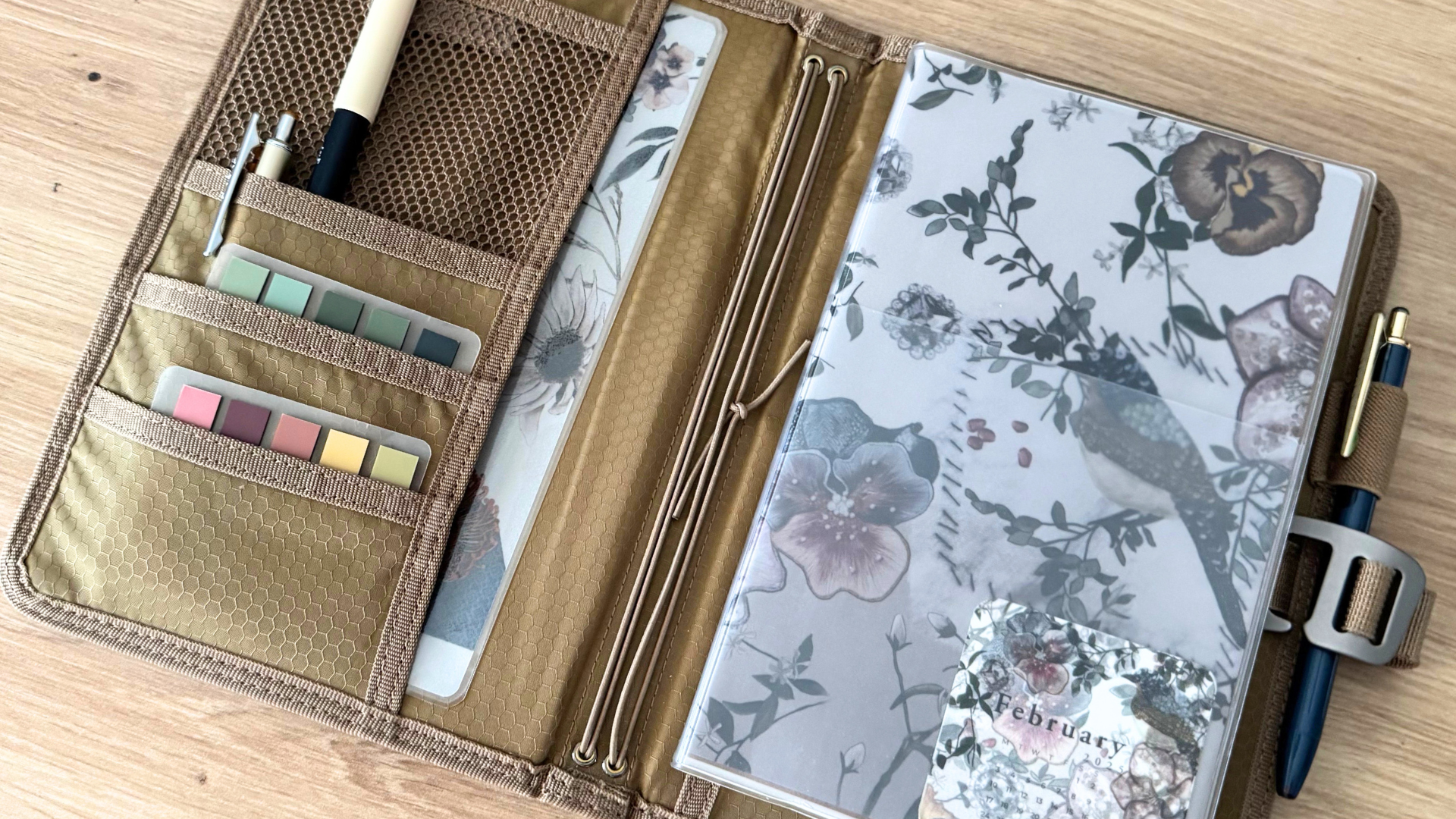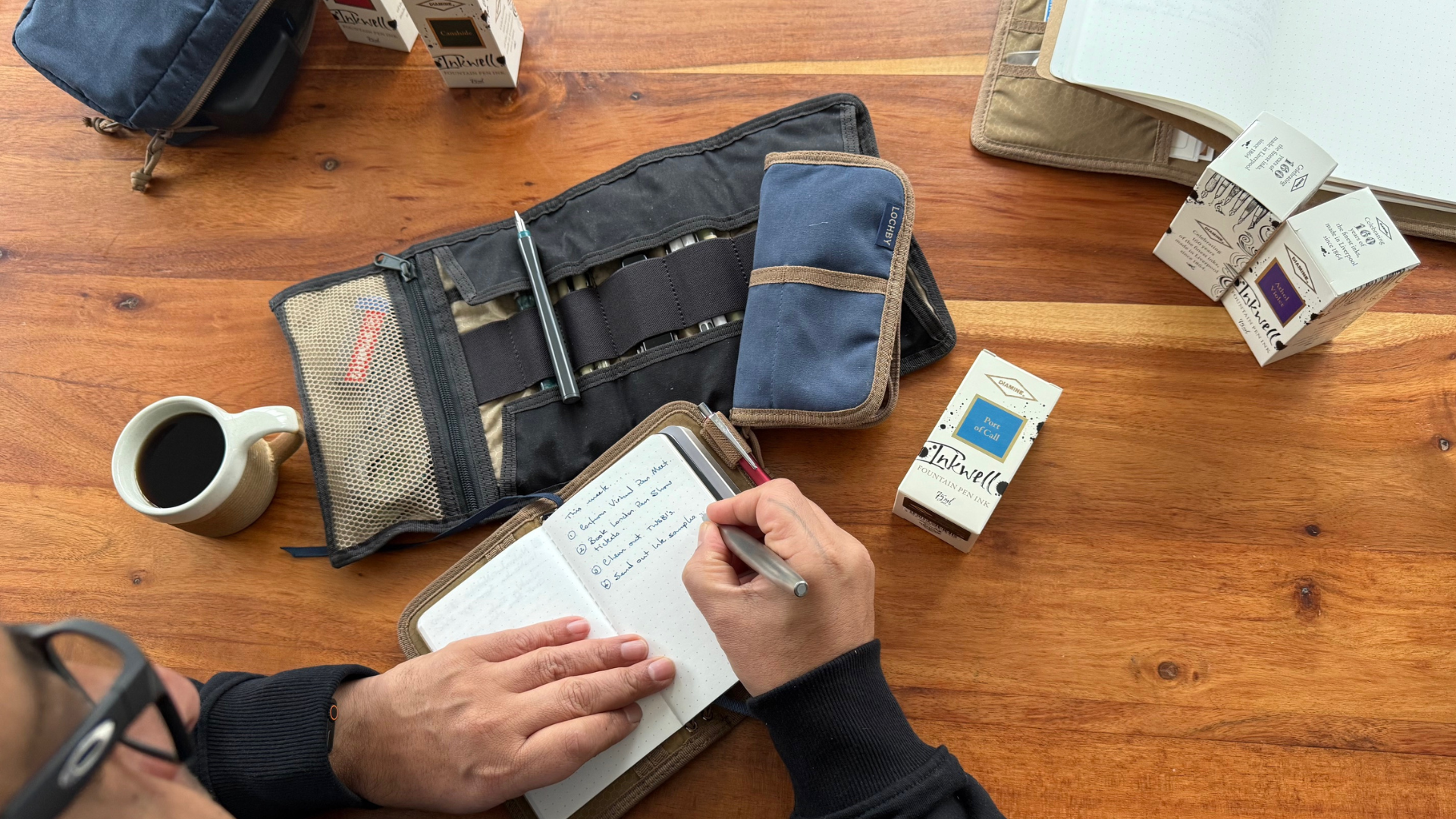In our fast-paced, technology-driven, and over-stimulated world, the attention span of the average human mind has shrunk to mere seconds. This has reduced the ability to efficiently process new information, thereby reducing our ability to learn.
With so many distractions competing for one’s attention, our neural pathways are rewired into shallow minds that can only handle and process 140 characters at a time. The result of this is a mind with clarity the consistency of mud.
The struggle to focus is one that is common to most people as recently reported by Inc. The report states that nearly three out of four American workers feel distracted while at work. With the continued increase in the impact of technology on our lives, the situation is not about to remedy itself. Sustaining and improving focus on things that matter is going to get tougher.
It thus falls to us to learn how to improve our focus. The good news is that focus and clarity are things that we can cultivate with practice. In this article, we share some things you can do regularly to improve your focus and clarity.
Let’s talk briefly about ‘flow’
Flow is a state of mind in which you are so absorbed in an activity that nothing else seems to matter and you lose track of time. This state is a sweet spot that exists between your level of skill and the challenge of a task.
To achieve this state you need to find a balance between your level of skill and the challenges of the task at hand. You need to stretch yourself beyond your current level of skill, but not too much that you will break. If your level of skill is higher than the challenges of the task, you can become bored. If your skills are lower than the challenges, you can suffer from performance anxiety.
Finding that balance between skill and challenge will put your mind into an optimal state of focus, pulling all your attention toward the task at hand. Thus, you tap into the ‘flow’ state.
How do you improve your focus and clarity regularly?
Begin a mindfulness routine.
Mindfulness routines such as yoga and meditation have been shown to have huge positive effects on the brain. The brain structures involved in awareness, attention, and self-related thinking, in particular, were shown to change in structure and increase in volume after meditation. Talk about the ultimate brain booster!
Furthermore, studies report that after eight weeks of constant meditation, the area of the brain responsible for learning and memory, the hippocampus, developed more gray matter density - literally expanding in its capacity to learn and retain stuff!
Another mindfulness routine you should consider is journaling. The benefits of keeping a journal are countless. As the world we live in gets faster and faster, it has become more difficult to take a step back and just breathe. It becomes increasingly easier to forget the important things and be overwhelmed by the minutiae of life. That’s why it is important to make a habit of journaling.
Separate five to twenty minutes of your day every day to write down your experiences during the day and your thoughts on those experiences. This is a powerful way to center yourself and help you sharpen your focus on the things that matter to you.
At LOCHBY, we have a wide collection of premium notebooks and accessories that will take your journaling experience from being a chore you feel you have to do to a truly enjoyable one. With our products, those twenty minutes you need to spend with your journal will be transformed into a delightful experience you will look forward to all day.
De-clutter your workspace.
Mess creates stress. The link between your physical space and your mental space is strong. If there is a mess in your physical space, a strong signal is sent to your mind of disorder, which manifests itself in an inability to focus on the task at hand. You find yourself struggling mentally as though grappling with an invisible force.
Try this out: pick a day and organize your workspace - put pens in pen holders and books in bookshelves. Create an organized structure around where you work, then settle down to do the work. You will find that you are better able to think and produce results compared to when your workspace was cluttered.
Physical clutter is distracting. It bombards your mind with excessive stimuli and gives the impression of struggling through a crowded marketplace. Your workspace should be a sanctuary, and this includes your computer desktop.
Create folders for different files and put a stop to that mental punch you don’t notice you have when you log on to your desktop and see everywhere crowded. Take steps to make this happen and watch your focus and clarity improve.
Exercise regularly.
‘’Exercise changes the brain in ways that protect memory and thinking skills’’, says Harvard Health Blog. Exercise positively affects the brain in both direct and indirect ways.
Directly, it reduces insulin resistance and inflammation while simultaneously stimulating the release of growth factors in the brain. These growth factors are chemicals that affect the health of brain cells and the growth of new blood vessels in the brain.
Indirectly, a regular exercise regimen improves your mood, helps you sleep better, and reduces stress and anxiety. A stressed and anxious mind is one that will have difficulty having clarity and focus. With exercise, you can effectively deal with this.
Stop multitasking.
Contrary to what you might think, multitasking does not equal increased productivity. What it does is split your attention between several tasks and drain you mentally.
To improve your focus and clarity, tackle tasks one at a time. The chances of your being tempted to multitask are high. However, do yourself a favor and fight that temptation.
Focus on that one task and make a sizable dent in it. Aside from sharpening your focus and clarity, you also get a sense of fulfillment, knowing that you have accomplished one task, instead of amassing a plethora of unfinished tasks.
Night owl or morning person?
Most people have a time of the day when they are most productive. For some, it’s the early hours of dawn; for some, it’s the middle of the night and for some, it’s high noon.
Identify the time that best works for you and use that information to your advantage. If the morning works best for you, block out a couple of hours uninterrupted and focus on the most important task of the day. When you finish that, you will find it easier to attend to other matters without the feeling of guilt or disappointment that comes from not meeting your target.
Have work/rest intervals.
When you have a rhythm of work and rest, you increase your productivity and sharpen your mental clarity, says a report by The Atlantic.
You can have a work/rest ratio of 25 minutes of work to five minutes of rest as put forward by the Pomodoro Technique or that of 52 minutes of work to 17 minutes of rest as put forward by other techniques.
The key is to know what works for you and what doesn’t. To this effect, you can experiment with different techniques before you decide on that which gives you the best results.





Share:
Journaling for Increased Productivity and Happiness
Journaling: The Goal Setting Game Changer